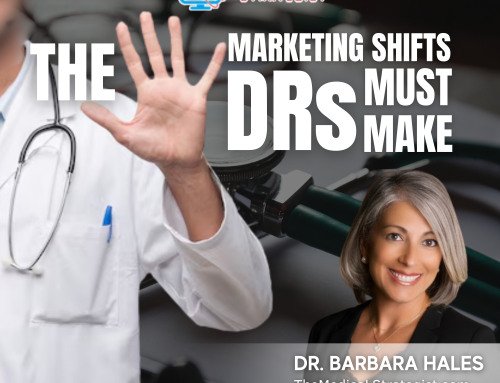In the latest effort to keep healthcare costs down following on the heels of the mammography guidelines change, comes a revision on the need for annual pap smears.
The latest evidence-based recommendations issed by ACOG (American College of Obstetricians and Gynecologists) were posted November 20, 2009.
Screening Rate Change
The initial cytology screen has been moved to 21 year old women as opposed to screening 3 years after first sexual intercourse or age 21 which was the former policy. This is contrary to the need to perform the test when a person has been exposed to HPV (which in most cases would not be known without the test).
Sexually active women under 21 should be counselled and tested for sexually transmitted diseases as well as contraception and safe sexual practices. A speculum examination need not be performed.
ACOG now recommends that cervical screening be performed once every 2 years for women under 30. Further it is advised that for most women over the age of 30 who have had 3 consecutive negative pap smears and no history of CIN2 or CIN3, that cytology screening be done once every 3 years.
Regardless of age, women who have had hysterectomies for benign conditions and without a high-grade CIN, no longer need pap smears at all.
According to Dr. Alan Waxman, the lead author from the University of New Mexico: a review of the evidence to date shows that screening at less frequent intervals prevents cervical cancer just as well, has decreased costs, and avoids buy liquid ventolin unnecessary interventions that could be harmful”.
This statement is reminiscent of a policy that Medicare tried to institute over a decade ago when it issued a comment that a pap smear for seniors every three years was medically sound. The reason for this was that even if a person were to develop cervical cancer, it would take more than three years before it became an invasive emergency.
The problem with that as is the problem now- when you tell patients that a smear every three years is acceptable, they interpret it into being no need to get an examination at all. Not only that, three years becomes four or five or six or not at all once the habit of going to the gynecologist is gone. Women will appear for examinations only when symptoms develop which can spell problems of epidemic proportions.
Self breast examinations have been recently discouraged in the press. Reports even insinuate that physicians’ breast examinations are ineffective as well. The entire structure of preventive care is being undermined. This campaign seems more based on economics than on medical decisions.
What happens in a few years if we find that cancer rates are greatly increased? Sure revisions can be made again as the pendulum swings the other way. This certainly won’t help the ones that were hurt by the downturn of examinations.
Until the test results and examinations are done, we can all assume that we are healthy. The new physician motto can then be …”No test, You’re Well”.

